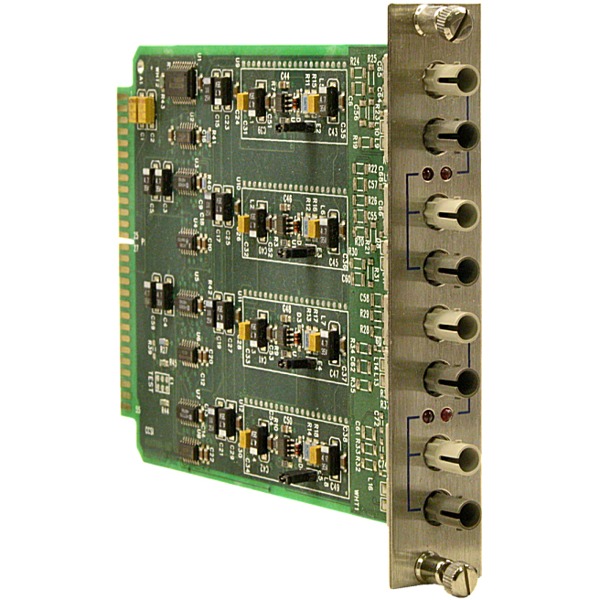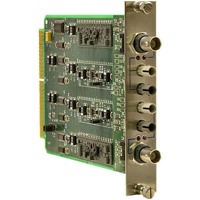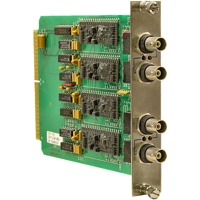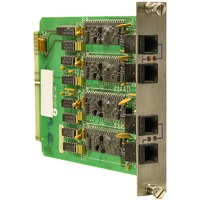EXP Series - Expansion Modules für MOD HUB Series
You can attain multimedia cabling support for the MOD HUB Series of active hubs by using the EXP Series of expansion modules. Coaxial cable, twisted-pair wire, and glass fibre optic cable can all operate on the same network by selecting the appropriate expansion module.
Each expansion module accommodates from two to four ports with each port designed to support a specific cable technology. Certain expansion modules mix two cable technologies within one module, reducing costs in certain applications.






